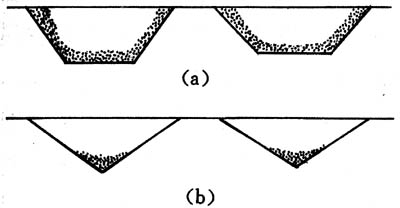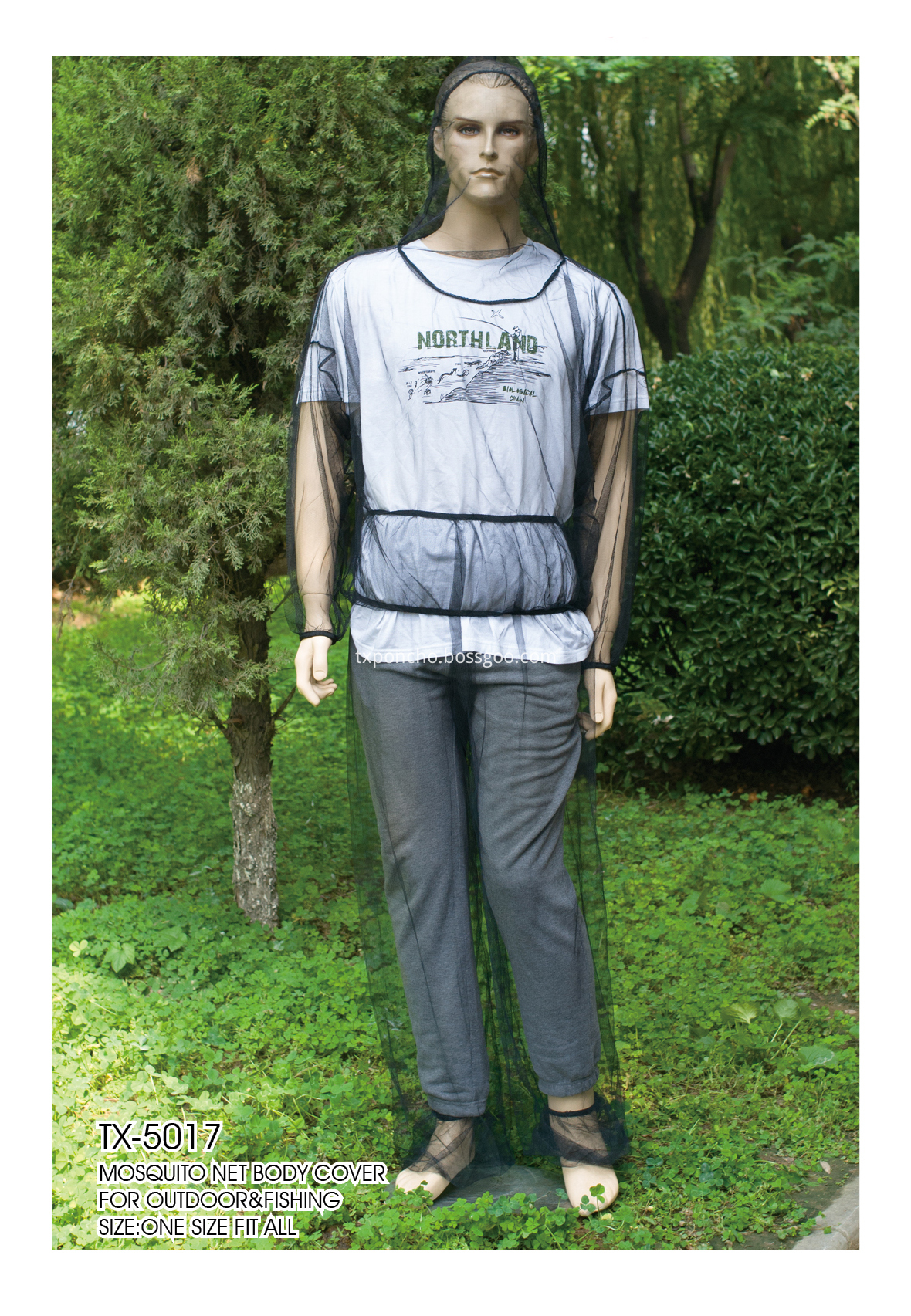Second, gravure net shape
The shape of the gravure network is different due to different plate making methods. The shape of the electronic engraving gravure net is inverted, and the shape of the gravure version is peloid. The depth of the gravure is the same as the depth of the funnel. Lower than the basin-shaped cell, see Figure 6-6. However, the surface of the sculptured cell surface has no dead corners, and the actual ink transfer performance during the printing process is good. It is estimated that the ink transfer rate of the engraving network reaches 80%, while the corrosion of the network is only 50%. If there are no special requirements for intaglio printing products, the thickness of the ink layer transferred to the paper on the engraved web can meet the print density requirements.
The edge of the ink layer transferred from the inverted cone-shaped cell to the substrate is bright and clean, resulting in a high definition of the image, so the engraving intaglio is suitable for copying originals such as landscape photographs. On the contrary, the ink layer transferred from the pot-shaped net hole to the substrate has an arc-shaped edge, and the formed image is softer. Therefore, the shadow version is suitable for copying soft-graded oil-based originals.
Third, gravure printing ink transmission
The gravure printing machine uses a short ink path ink system to deliver low-viscosity ink into the plate's cell. The structure, regulation, and ink performance of the inking system are the prerequisites for the proper transmission of the gravure ink.

Figure 6-6 The shape of the cell and the transfer of ink
1. Gravure printing machine's ink system. The inker system of the gravure printing machine is composed of two parts, an inking device and a squeegee device.
1 ink transfer device inking mode. There are three types of inking devices: direct inking, inter-inking and jetting.
Direct ink way. The 1/4 to 1/3 portion of the plate cylinder is immersed in the ink in the ink tank. The drum coated with ink is rotated to the squeegee. The ink in the non-image blank portion is scraped off, as shown in Fig. 6-7 (a. As shown, this is a common ink transfer method for gravure printers.
Indirect way to see ink. First, the ink fountain roller is immersed in the ink to rotate. After the ink is applied to the surface, the ink is transferred to the plate cylinder, as shown in Fig. 6-7(b).

Figure 6-7 Inking mode of gravure printing machine
Jet-type ink supply method. The ink is sprayed onto the surface of the plate cylinder with a nozzle. This type of inking method is particularly suitable for high-speed gravure printing machines.
2 Scraper device. In addition to special-purpose gravure printers, the gravure device of gravure printing machines generally employs a squeegee device, which is composed of a blade holder, a squeegee and a pressure plate. The squeegee is a special steel sheet with a width of about 0-80mm and a length of about 1000-1500mm (depending on the size of the roller). The squeegee blade is usually a steel sheet that is slightly narrower than the squeegee blade. The squeegee and platen are mounted on the squeegee blade. The squeegee device is also provided with a device capable of adjusting the squeegee blade so as to keep the blade edge parallel to the busbar of the plate cylinder, so that the squeegee is evenly pressed against the busbar of the entire plate cylinder to achieve scraping. The purpose of printing ink on a blank surface.

Figure 6-8 Squeegee direction
In the gravure printing machine, the squeegee is a forward squeegee, and the direction of the blade of the squeegee is in the direction of an acute angle with the linear velocity of the surface of the plate cylinder at the squeegee pressure contact point. See Figure 6-8(a). A wedge-shaped ink depositing area is formed between the doctor blade and the surface of the plate cylinder. Due to the fluid pressure of the ink, the squeegee has a tendency to be lifted off the surface of the roller. To maintain the constant ink volume, the squeegee must be pressurized. In addition, it is easy to accumulate some foreign particles in the ink accumulation area, which causes uneven wear to the doctor blade or the plate cylinder. For this reason, the doctor blade on the intaglio printing machine is to move axially and reciprocally. Most gravure printing presses employ elastic press mechanisms and use weights or pneumatic mechanisms to press the squeegee against the plate cylinder. The reciprocating stroke of the doctor blade is generally 30mm to 60mm, and the number of strokes is 1/6 to 1/10 of the number of revolutions of the plate cylinder.
The print quality of gravure prints depends to a large extent on whether the squeegee is worn correctly and whether it is properly packed. If the ink knife is ground to a 30° angle or more than 30° angle, the blade is relatively strong, but the elasticity is poor, and the effect of the blade scraping the ink on the surface of the plate cylinder is poor, and the phenomenon of unevenness in brightness appears on the bright adjustment portion of the printed matter. If the blade grinding is too thin and the grinding is less than 18°, the cutting edge can scrape the ink off the roller surface, but it is easily damaged by the “hard particles†that fall from the ink or paper onto the ink blade. It is sometimes worn by the plate cylinder, and small crescent-like scars appear on the blade. This type of squeegee with a crescent will leave a very thin path on the print, that is, a straight line that makes a certain angle with the paper. Therefore, depending on factors such as printing products, inks, printing materials, and printing speed, the squeegee blade angle varies from 30° to 18°.
Different types of gravure printing presses are equipped with different squeegee blades. However, in most gravure printing machines, the squeegee is installed in the upper quarter of the plate cylinder. Production practices have shown that the greater the distance between Limexi high-pressure printing lines and the fact that the printed materials are too dark and dark, the reproducibility of light tones is poor. Therefore, the squeegee may be installed slightly higher or lower than the upper quarter of the plate cylinder, depending on the requirements for reproduction of the printed image.
When installing the squeegee, it is also necessary to pay attention to the angle formed by the squeegee of the squeegee and the drum tangent. The larger the angle, the better the effect of the squeegee in scraping off the ink in the blank portion of the printing plate, but the faster the squeegee blade is damaged, the more collapses and dents occur, resulting in a change in the color of the printed product. This angle of the gravure printer generally varies from 45° to 90°.
2. Gravure ink viscosity control. The gravure ink must have the property of being easily filled into the gravure cell and removed by the squeegee device, and therefore, has a lower viscosity and tack than the offset ink.
Gravure inks are basically Newtonian fluids, and the viscosity is closely related to the fluidity of the ink. The viscosity determines the transfer effect of the ink. When the viscosity of the gravure ink is too small, the ink color of the printed matter should not be plain; if the viscosity is too large, defects such as fingerprints and stencils will appear on the graphic part of the printed matter. Therefore, the gravure ink viscosity should be maintained during the printing process. Since the gravure ink is solvent volatile, solvent volatilization will cause the viscosity to rise. An automatic viscosity controller must be installed on the gravure printing press to control the viscosity.
The viscosity automatic controller consists of a solvent replenishment device and a rotary viscosity detector. The rotary viscosity detector is composed of two concentric cylinders. There is a certain space between the two dies for ink placement. One of the cylinders rotates at a constant angular velocity, and the viscosity value is calculated based on the measurement of the rotational torque. The measured viscosity value is compared with a given viscosity value, and the opening and closing of the valve is controlled according to the change of the viscosity, and the solvent is added to the ink tank, so that the viscosity of the ink is kept relatively stable.
